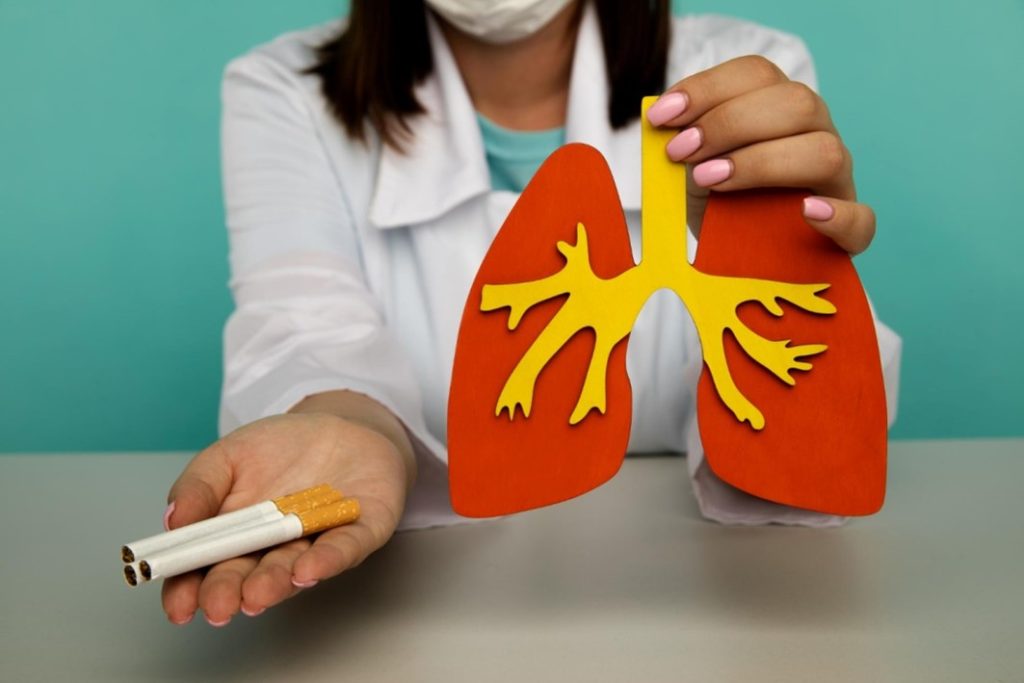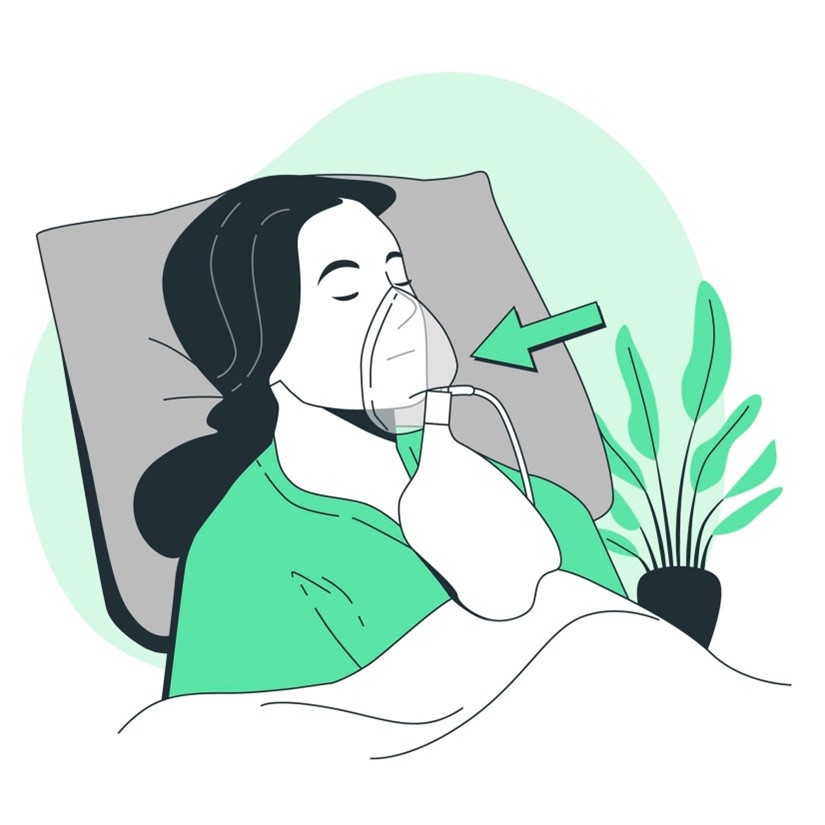Blog Details


Interstitial lung disease or ILD is a chronic respiratory disorder that affects many people across the world. As per 2013 data, ILD or interstitial lung disease has affected 595,000 people globally and caused 471,000 deaths.
What is Interstitial lung disease? What are the causes and symptoms of ILD? And what are the treatment options for Interstitial lung disease? Read the post to know more!
ILDs or interstitial lung disease is a broad term that covers over 200 lung diseases. Silicosis, pulmonary fibrosis and hypersensitivity pneumonitis are some of the commonly known interstitial lung diseases.
ILD leads to irreversible pathological changes in the lungs. These changes cannot be cured by any medications or treatment and get worse over time. However, with early diagnosis and supportive aids (pulmonary rehabilitation, oxygen therapy), you can manage your symptoms effectively and can slow down the progression of the disease to a certain extent.
Interstitial lung disease is also called diffuse parenchymal lung disease. It causes inflammation and scarring of the interstitium and surrounding lung tissues including the alveolar sac and blood vessels.
ILD may also occur when there is a lung injury, or any lung inflammatory diseases initiate an abnormal healing process. Normally, your body generates the right amount of scar issues, while healing wounds or injuries however, in the case of interstitial lung disease, the normal healing process gets disrupted.
Abnormal wound healing causes scarring and thickening of the alveoli. These pathological changes affect the lung tissue’s ability to receive oxygen from the blood and interrupt the normal gas exchange process. This thing creates a state of low oxygen level in the body.
The low level of oxygen causes difficulty in breathing and produces various symptoms like chronic cough, discomfort in the chest and fatigue. These changes get worse with time and have a negative impact on quality of life.
Interstitial diseases can affect anyone including children. However, certain factors like age (above 70), family history, smoking, and occupational exposure to chemicals and pollutants increase the chances of developing interstitial lung diseases.

ILD can be caused by multiple reasons. Here are some common reasons that cause interstitial lung disease.
Symptoms of ILD depend upon the underlying cause and may vary from mild to severe. Here are some common symptoms of ILD.
Diagnosis of ILD is based on history, symptoms, clinical examination, screening and lab tests. During clinical examination, abnormal lung sounds indicate that your lungs are not functioning properly.
To confirm the diagnosis, your doctor may perform certain tests like:
Interstitial lung diseases do not have a fixed course of the disease. The symptoms and stages of the disease are highly dependent upon the underlying cause of the disease. Some patients develop the symptoms of interstitial lung disease rapidly, while in some patients it develops slowly. Moreover, some patients have a stable disease condition for a longer time and do not have many changes in symptoms and disease progression.
When the disease reaches an advanced stage, it affects lung function severely and results in life-threatening complications.
The treatment and management of interstitial lung disease depends upon the underlying cause of the disease. As the pathological changes in ILD cannot be reversed, the main aim of treatment is to manage ILD symptoms and slow down the progression of the disease.

Here are some common treatment options that are used in the treatment of ILD.
ILD can cause various complications such as:
In conclusion, interstitial lung diseases have a poor prognosis, and you will require constant medical supervision to manage your symptoms to slow down the disease progression.
© 2023 Healthy Lungs.